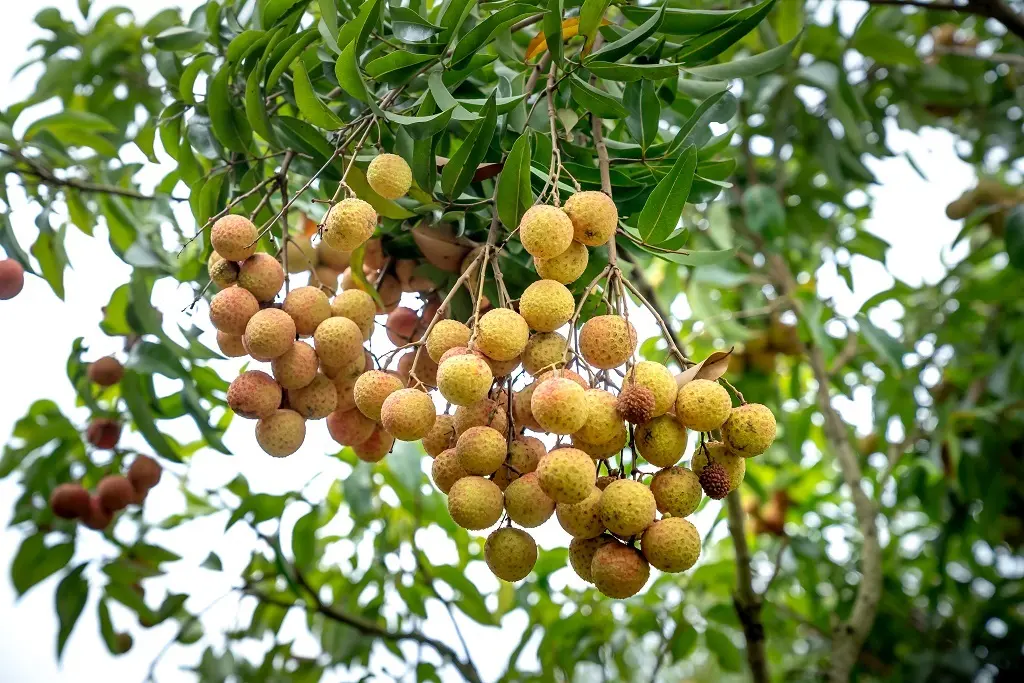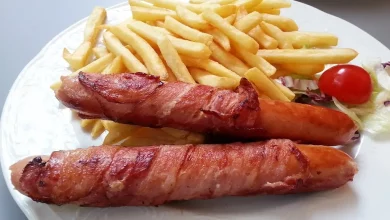The Strangest And Most Expensive Types Of Fruits Around The World
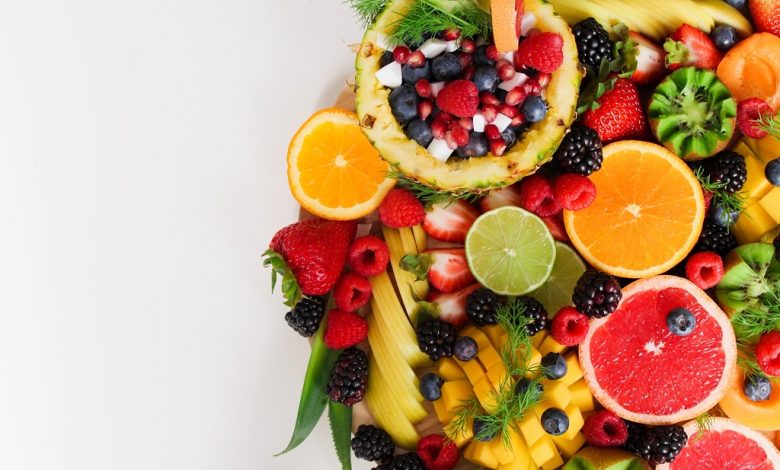
Square Watermelons From Japan:
Square Watermelons Are A Unique Variety Of Watermelon That Is Grown In Japan.
They Are Grown In Square Or Rectangular Shaped Boxes While The Watermelon Is Still Developing, Which Gives It Its Unique Shape.
This Method Is Mainly Used For Aesthetic Reasons, As The Square Shape Makes The Watermelon Easier To Stack And Store.
They Are Not Genetically Modified, But Grown In Square Or Rectangular Shaped Boxes While They Are Still Growing, Which Causes The Watermelon To Take On The Shape Of The Box.
Square Watermelons Are Considered A Luxury Item And Are Often Given As Gifts In Japan.
They Are Typically Harvested In The Summer, And Are Sold At A Premium Price Than The Normal Round Watermelons.
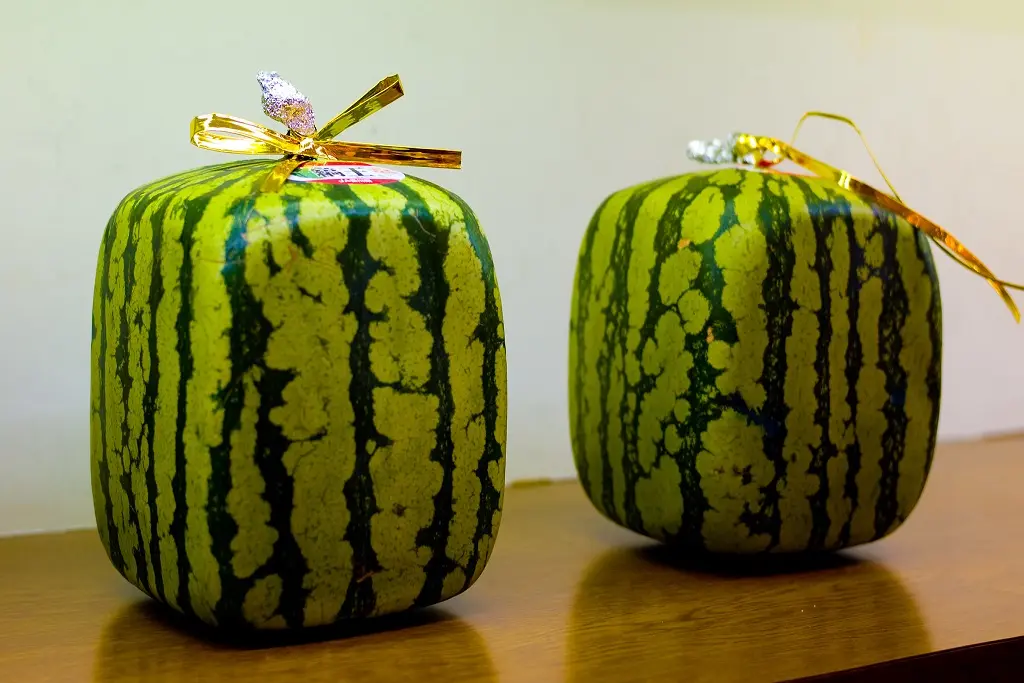
Pineapples From The Philippines:
Which Are Grown In A Special Way Called “Pineapple Plantation” And Can Sell For More Than $150 Each, Square Watermelons Are A Unique Variety Of Watermelon That Is Grown In Japan.
They Are Grown In Square Or Rectangular Shaped Boxes While The Watermelon Is Still Developing, Which Gives It Its Unique Shape.
This Method Is Mainly Used For Aesthetic Reasons, As The Square Shape Makes The Watermelon Easier To Stack And Store.
They Are Not Genetically Modified, But Grown In Square Or Rectangular Shaped Boxes While They Are Still Growing, Which Causes The Watermelon To Take On The Shape Of The Box.
Square Watermelons Are Considered A Luxury Item And Are Often Given As Gifts In Japan.
They Are Typically Harvested In The Summer, And Are Sold At A Premium Price Than The Normal Round Watermelons.

Buddha-shaped Pears From China:
Which Are Grown To Resemble The Shape Of A Buddha And Can Sell For Up To $100black Sapote, Buddha-shaped Pears From China Are A Type Of Pear That Are Grown And Shaped In A Specific Way To Resemble The Shape Of A Buddha Statue.
They Are Grown Using A Technique Called “Fruit Shaping,” Which Involves Growing The Pear Inside A Mold That Is Shaped Like A Buddha.
The Technique Is Said To Have Originated In China, And The Pears Are Considered A Delicacy And Are Often Given As Gifts.
They Are Not Genetically Modified, But They Are Grown Using Specific Techniques To Get The Final Shape Of The Pear.
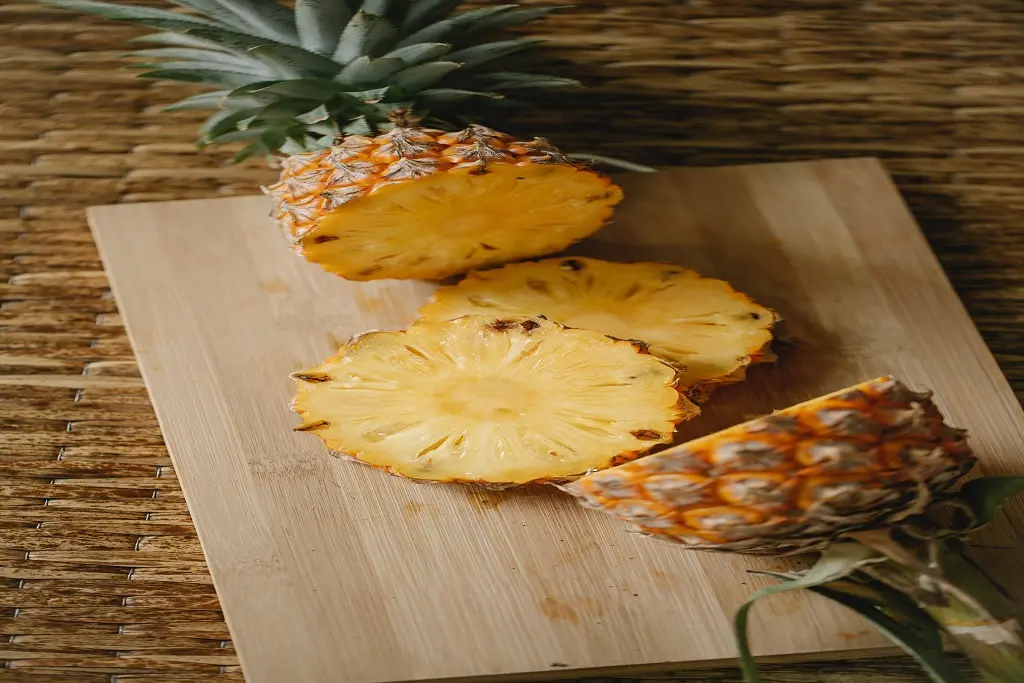
Dragon Fruit,Dragon Fruit, Also Known As Pitaya Or Strawberry Pear, Is A Tropical Fruit That Is Native To Central And South America.
It Is A Member Of The Cactus Family And Is Characterized By Its Bright Pink Or Red Skin And Green Scales.
The Flesh Of The Fruit Is White Or Red And Contains Small Black Seeds.
Dragon Fruit Is A Good Source Of Antioxidants, Vitamin C, And Fiber.
It Is Typically Eaten Fresh, Either On Its Own Or In Fruit Salads, And Can Also Be Used To Make Juice Or As A Topping For Yogurt And Ice Cream.
The Fruit Is Also Popular In Southeast Asia, And China Is The World’s Largest Producer Of Dragon Fruit.
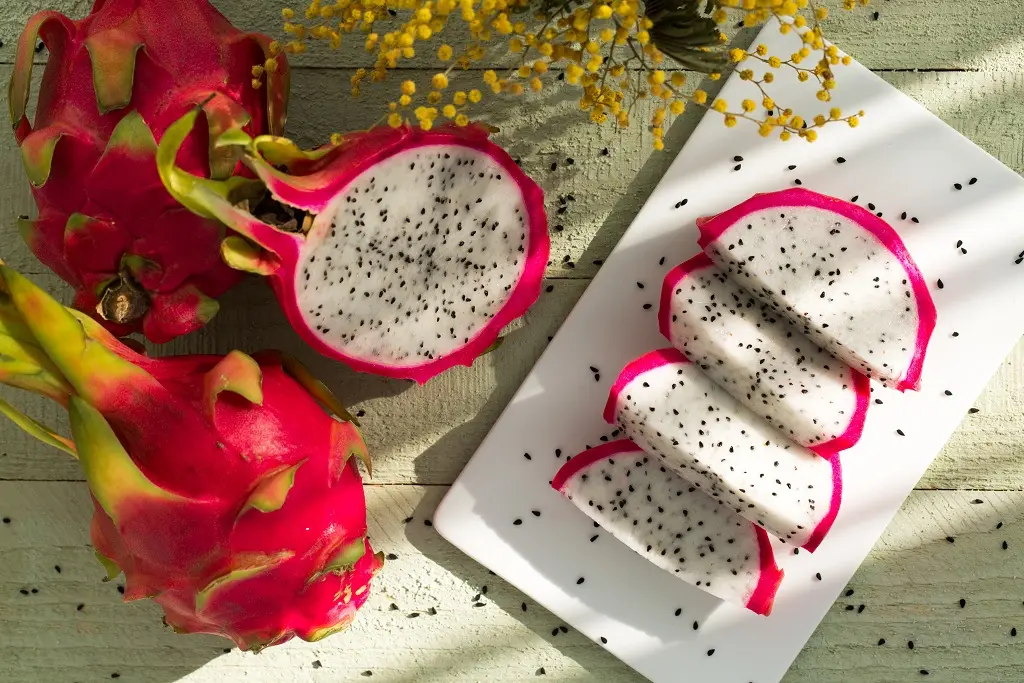
Longan:
Longan Is A Tropical Fruit That Is Native To China And Southeast Asia.
It Is Also Known As “Dragon Eye” Fruit Because Of Its Resemblance To An Eyeball When The Fruit Is Shelled.
The Fruit Is Small, Round, And Has A Brown, Rough-textured Skin.
The Flesh Of The Fruit Is White And Translucent, With A Texture Similar To A Grape, And A Single Seed In The Center.
Longans Are Sweeter And Less Acidic Than Lychees, Another Fruit That Is Closely Related.
They Are Typically Eaten Fresh, But Can Also Be Dried And Used In Herbal Teas, Desserts, And Sweet-and-sour Dishes.
Longans Are Rich In Vitamin C And Other Nutrients.
